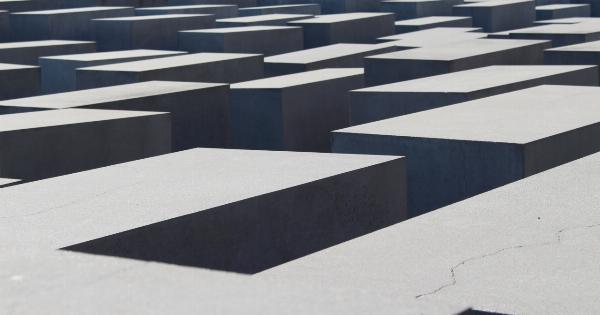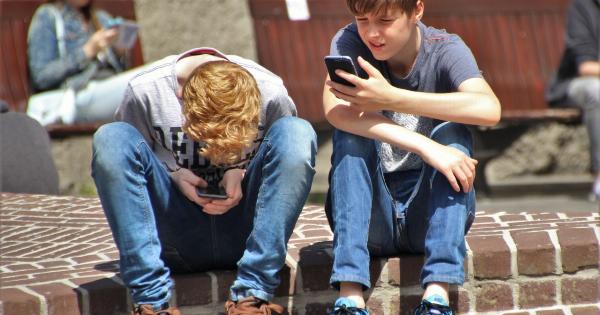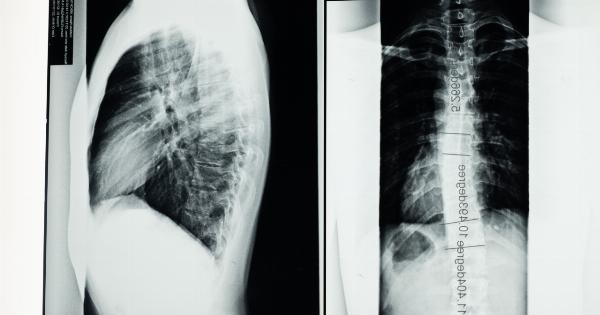Scoliosis is a condition characterized by an abnormal curvature of the spine. It affects people of all ages, but it is most commonly diagnosed during adolescence.
The curvature can be either in the shape of an “S” or a “C” and can vary widely in severity. In this comprehensive guide, we will explore the various aspects of scoliosis, from its causes and symptoms to its diagnosis and treatment options.
Causes of Scoliosis
The exact cause of scoliosis is often unknown, but several factors can contribute to its development. Some potential causes include:.
- Genetic factors: Scoliosis can run in families, suggesting a genetic predisposition.
- Neuromuscular conditions: Certain conditions like cerebral palsy or muscular dystrophy can lead to the development of scoliosis.
- Birth defects: Some individuals may be born with spinal abnormalities that result in scoliosis.
Common Symptoms
Scoliosis can exhibit various symptoms, which may include:.
- Visible curvature of the spine: This can be observed through a noticeable sideways curve of the spine.
- Uneven shoulder or waist height: One shoulder or hip may appear higher than the other.
- Back pain: Some individuals may experience back pain, particularly as the condition progresses.
- Reduced mobility: In severe cases, scoliosis can restrict movement and flexibility.
Diagnosing Scoliosis
Diagnosing scoliosis typically involves a combination of physical examination and imaging tests. During a physical examination, a healthcare provider will assess the spine, shoulders, waist, and hips for any signs of curvature or asymmetry.
They may also use a scoliometer, a device that measures the degree of spinal curvature.
If scoliosis is suspected, additional imaging tests may be ordered, such as X-rays or MRI scans. These tests help determine the severity of the curvature, the location of the curve, and its impact on the surrounding structures.
Treatment Options
The treatment for scoliosis depends on various factors, including the age of the patient, the severity of the curvature, and the rate of progression. Common treatment options include:.
- Observation: In mild cases, patients may be closely monitored without active treatment.
- Bracing: Braces are commonly used for adolescents with moderate scoliosis to prevent further progression of the curve.
- Surgery: Severe cases of scoliosis may require surgical intervention. Surgery aims to correct the curvature and stabilize the spine using rods, screws, and bone grafts.
- Physical therapy: Physical therapy exercises can help improve strength, flexibility, and posture in individuals with scoliosis.
Living with Scoliosis
Scoliosis is a lifelong condition, and individuals diagnosed with it may need to make some adjustments to their daily lives. Here are a few tips for living with scoliosis:.
- Regular exercise: Engaging in regular physical activity can help improve strength and flexibility, which may alleviate symptoms.
- Ergonomic considerations: Maintaining good posture and using proper ergonomic techniques can help minimize discomfort.
- Support groups: Joining support groups or connecting with others who have scoliosis can provide emotional support and helpful tips for managing the condition.
- Regular check-ups: Routine check-ups with a healthcare provider are essential to monitor the progression of scoliosis and adjust the treatment plan if necessary.
Conclusion
Scoliosis is a complex spinal condition that requires careful diagnosis and management. While the exact cause of scoliosis is often unknown, early detection and appropriate treatment can significantly improve outcomes.
Regular check-ups, adherence to treatment plans, and a proactive approach to managing scoliosis can help individuals live fulfilling lives while minimizing the impact of this condition.



























